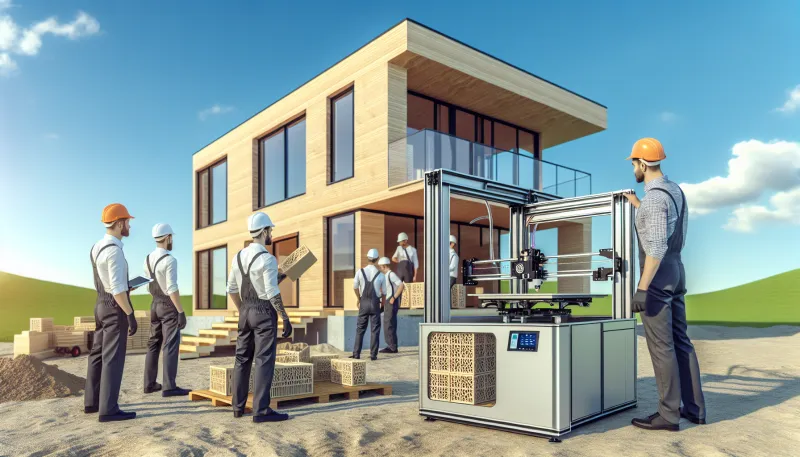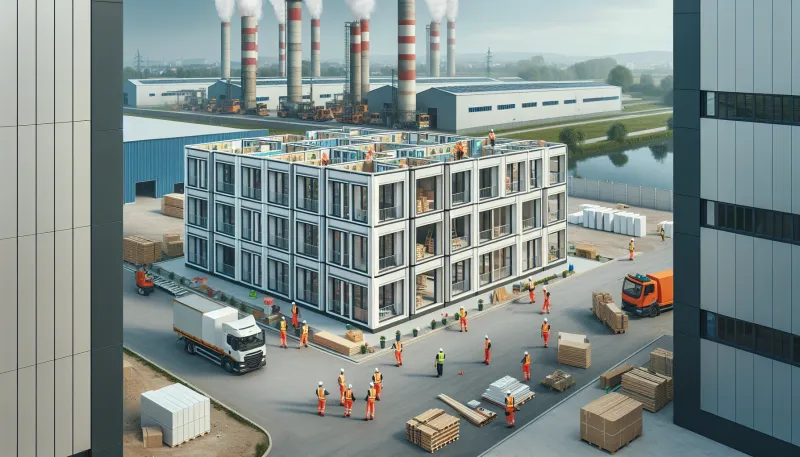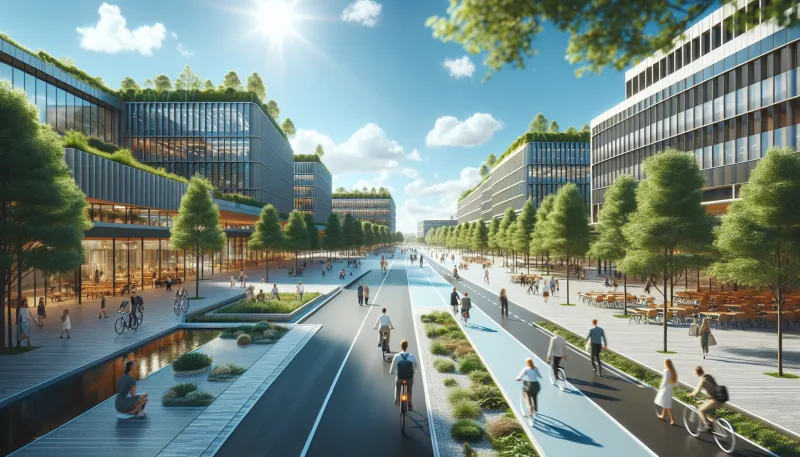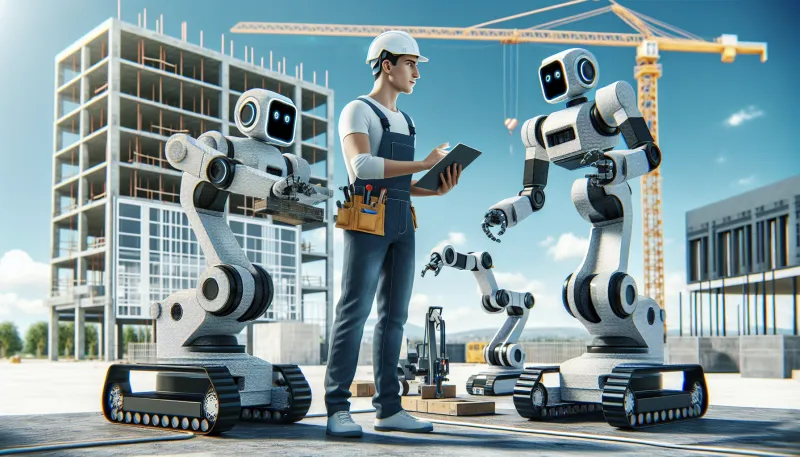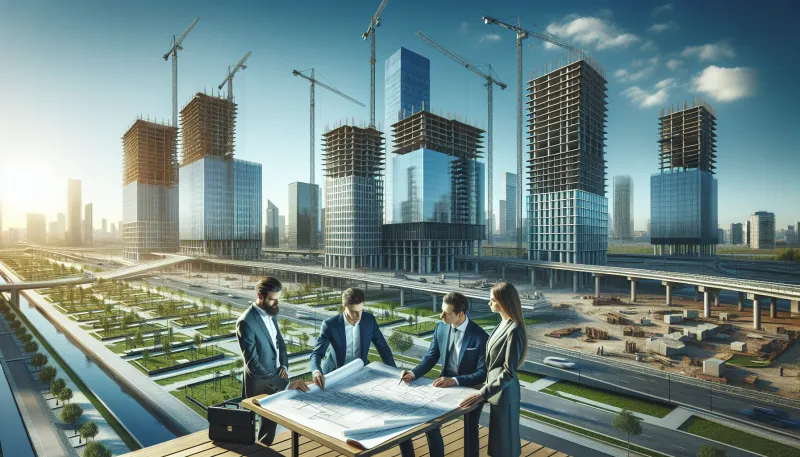
Why infrastructure investment fuels economic growth
- Enhancing productivity through improved transportation networks
- Creating jobs during construction and operation
- Attracting private investment and fostering innovation
- Supporting urbanization and efficient land use
- Improving access to education and healthcare
- Reducing costs and risks associated with business operations
- Stimulating regional development and reducing inequality
- Enhancing energy efficiency and environmental sustainability
- Boosting investor and consumer confidence
Enhancing productivity through improved transportation networks
Reliable and efficient transportation infrastructure—roads, railways, ports, and airports—reduces the cost and time of moving goods and people. This improvement enhances labor mobility and supply chain efficiency, enabling businesses to operate more effectively and access wider markets. With faster delivery and reduced logistical barriers, companies can expand production and increase their competitiveness both domestically and internationally.
Creating jobs during construction and operation
Investment in infrastructure generates employment opportunities directly through the construction, maintenance, and operation of projects. These jobs span a wide range of skill levels and have multiplier effects within local economies. Furthermore, improved infrastructure attracts businesses, leading to new employment opportunities in diverse sectors, thereby reducing unemployment and raising income levels.
Attracting private investment and fostering innovation
Robust infrastructure encourages private sector investment by lowering operational risks and costs. Availability of reliable power, communications, and transportation networks creates an inviting environment for businesses to establish or expand operations. In turn, this fosters innovation as companies are better able to invest in research and development with greater confidence in the support infrastructure.
Supporting urbanization and efficient land use
Infrastructure investment facilitates sustainable urban development by providing essential services such as water supply, sanitation, and transportation. Efficient infrastructure supports higher population densities without compromising quality of life, enabling cities to concentrate economic activities and benefit from agglomeration economies. This concentration drives productivity and growth by fostering collaboration and resource sharing.
Improving access to education and healthcare
Infrastructure extends beyond physical transport; investments in digital connectivity, schools, and hospitals improve human capital by enhancing access to education and healthcare services. A healthier and better-educated workforce is more productive and adaptable, strengthening the economy’s capacity for innovation and growth over the long term.
Reducing costs and risks associated with business operations
Modern and well-maintained infrastructure reduces operational costs by minimizing delays, breakdowns, and inefficiencies. For example, stable power supply decreases downtime, and efficient logistics lower inventory costs. Additionally, improved infrastructure lowers risks related to supply chain disruptions, helping businesses plan and operate more effectively.
Stimulating regional development and reducing inequality
Infrastructure projects extend economic opportunities to less developed regions by connecting them to main markets and services. This stimulates local economies, encourages investment, and helps reduce regional disparities in income and development. By improving accessibility and resource distribution, infrastructure promotes more balanced and inclusive economic growth.
Enhancing energy efficiency and environmental sustainability
Investing in modern infrastructure can promote sustainable growth by enabling energy-efficient technologies and cleaner transportation options. Upgrading utilities and promoting renewable energy reduce environmental impact and dependency on non-renewable resources. Sustainable infrastructure supports long-term economic resilience by aligning growth with environmental preservation.
Boosting investor and consumer confidence
Visible investments in infrastructure signal a commitment to economic development and stability. This can enhance confidence among investors and consumers, encouraging spending and long-term investment. Reliable infrastructure services reduce uncertainty and create a positive environment for business expansion and household consumption, both critical drivers of economic growth.
Tommy is a property-passionate journalist who covers the forces shaping housing and the built environment. With a data-driven approach and a reporter’s curiosity, he writes on market cycles, urban development, PropTech, and policy—always connecting numbers to everyday lives. [Name]’s work blends clear analysis with on-the-ground reporting to help readers navigate trends, opportunities, and risks across residential and commercial real estate.




